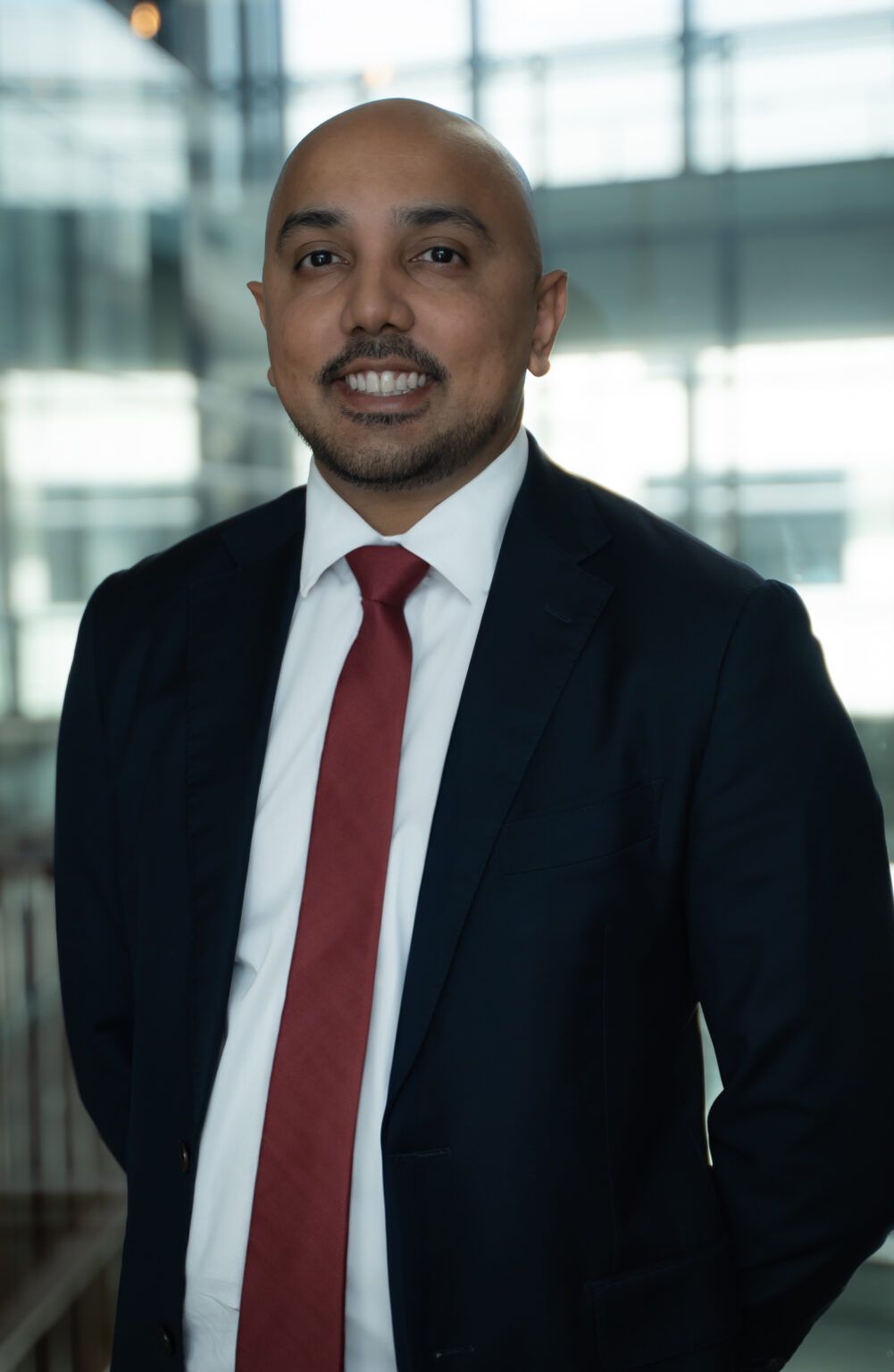How Gold Coast Health’s digital strategy is driving synchronised, patient-centric care
)
Sandip Kumar, Executive Director of Strategy, Transformation and Major Capital and Chief Digital Officer at Gold Coast Health, shares case studies of impactful smart technologies rolled out at the health service.
Gold Coast, located on eastern Australia, is a popular destination for tourists seeking its famed beaches, surfing spots and theme parks.
With almost 13 million tourists arriving on its shores annually, and a population of some 700,000, demand for healthcare is high and only expected to rise.
|
|
The local public healthcare system, Gold Coast Health, is responsible for delivering 95% of all care needs in the region – covering secondary and tertiary care, as well as paediatric, community and mental health services – across over 20 facilities, said Mr Sandip Kumar, its Executive Director of Strategy, Transformation and Major Capital and Chief Digital Officer. Rising demand coupled with a global shortage of healthcare professionals meant that Gold Coast Health needed to reinvent and transform to ensure they continue to deliver quality care – status quo is not an option. Recognising this, Mr Kumar and his team have embraced the concept of a smart hospital to drive better efficiency and care. |
“In a smart hospital, technology helps deliver clinical care to a greater effect than without. If I’m a patient, I could log into a patient portal and see my latest results or appointments and be presented with information that’s relevant to my clinical condition. As a clinician, I could log into a system and see exactly where the patient’s at, in terms of their latest notes or their next interaction.”
The key to such efficient workflows is an ‘integrated digital system across the entire health system that can stream and capture data in real-time, and allows the clinician, patient and administrator to do most tasks digitally’, he noted.
A seamless, integrated digital health environment
The process of digital transformation involves more than simply investing into digital technologies and applications – it’s crucial to go digital in the right way, built upon a culture of innovation that enables true transformation to occur.
In the past, Gold Coast Health had numerous digital applications, with some having duplicated or overlapping purposes. This led to data silos and productivity losses, with staff having to use multiple systems to get to the right data or complete their task.
To tackle this, the healthcare system adopted ServiceNow’s HCLS stack, which hosts multiple apps and builds digital workflows all in one platform.
“At Gold Coast Health, we have branded our ServiceNow platform – CareNow. The idea is that we are using technology to enabling care anywhere and care now,” explained Mr Kumar.
One use case that is enabled by this is CareNow, which allows staff to work on their mobile devices on the go. For example, staff in the community can now take photos of patients’ wounds and upload these in real-time into the integrated electronic medical record (ieMR). Consultants can then immediately refer to these photos to make quick clinical decisions.
“CareNow has also enabled the digitisation of patient lists at the hospital. This means that our clinical teams now have access to information synchronously, on any device, on the updates of their admitted patients,” he added.
“Though many hospitals have adopted the ieMR, what often ends up happening is junior doctors walking around with manual lists and charts. Information in the ieMR has to be updated via a laptop on a moving workstation and manually typed in – these updates may be provided only once every day.
“But now with digitised patient lists, junior doctors can update their lists in real-time, whether on their phone, tablet or laptops. This means nurses can immediately see the patient’s latest diagnosis update, next actions and appointments. They don’t need to wait for someone to formally write up the information in the ieMR.
“The quality of care radically improves when we get into this synchronous communication space, where people can get the latest information and drive action straight at the point of information capture.”

A single, unified patient journey
This concept of real-time information flows and integration extends to the ambulatory and outpatient setting as well.
A single patient may have had multiple interactions with different units for different medical needs – say someone who has diabetes, is on chemotherapy and has presented at the hospital with heart issues.
With data captured in different independent systems, hospitals would not have a unified view of the patient’s needs and schedule to provide optimal care, noted Mr Kumar.
This is where Kirra comes into the picture at Gold Coast Health. Developed in-house, the application collates all patient-level data to provide clinicians with a unified view of the entire patient journey. They can now see if the patient’s journey make sense for both the patient and the hospital.
“If a patient is booked for a MRI and the review appointment is booked for three days after the MRI, we know it’s not going to work because the turnaround time is beyond that. So we can immediately change that to avoid a wasted appointment slot,” he said.
He added that certain referrals can also now be coordinated into a schedule without human intervention. Since the introduction of Kirra, the time taken to book a single outpatient appointment has been cut from 5 minutes to just 60 seconds.
Plans ahead for more patient-centric care
Several technologies are being explored to further reduce the burden of administrative tasks or manual documentation.
One is around comms automation, Mr Kumar revealed. An email could be analysed using computer vision and natural language processing (NLP) to pick out and make sense of keywords, and the response email driven by automation.
Then there’s ambient listening technology, which could listen in to doctor-patient conversations and create summaries. It could also generate alerts for the doctor after the consultation – for example, if the conversation suggests a chest X-ray for the patient, the system could prompt the clinician to order one.
As Gold Coast Health moves into deeper technical space, a priority lies in getting the right talent and expertise to join the team, said Mr Kumar.
“(For comms automation), you don’t only need an automation lead and a product owner, you also need someone that knows data science and particularly NLP, who can pull this together. For ambient listening, you will need an AI specialist to work on privacy policy settings and validate the safety of the technology. These are extremely sub-specialised areas.”
“We’ll continue building our talent pipeline, partner with our technology providers and train our internal talent.
“Gold Coast Health has also built up a reputation for innovation. People have seen how we have transformed and how the industry speaks about us. If you are a beacon for innovation, and transforming for purpose, it becomes easier to attract talent from across private and public sectors.”
Backed by a strong technology team and commitment from management and clinicians, Mr Kumar believes Gold Coast Health’s smart healthcare journey will redesign the healthcare experience for both patients and providers.
“I believe we’re at a stage now where the industry is assembling itself around the patient. In the not-so-distant future, technology will be right at the patient’s hip – it will help tell them which hospital they need to go to, what sort of care they need, based on an in-depth knowledge of their longitudinal impacts and outcomes – almost like a Google Maps experience of healthcare.”
“On the provider side, we’ll get into a more synchronous level of care driven by information, which will allowing us to deliver seamless care for patients right in their home environment.
“I believe we are not years away from realising this – the technology and innovations are there and it’s now just about unpacking and leveraging on the opportunities.”


 Mr Sandip Kumar
Mr Sandip Kumar